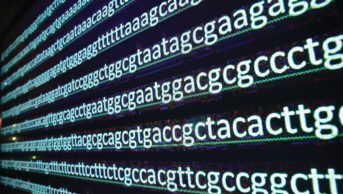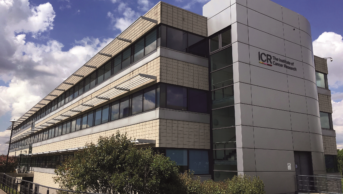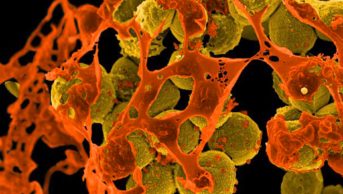
Razvan Ionut Dragomirescu/Dreamstime
Activation reactions – in which carbon–hydrogen (C–H) bonds are broken to create new molecules – is a promising area of drug development. US researchers have made a breakthrough by developing a new technique to create chiral (“one-handed”) molecules.
In research published in Science (online, 24 October 2014[1]
), Jin-Quan Yu from The Scripps Research Institute in La Jolla, California, and colleagues used the metal palladium plus an amino acid to act as a catalyst to break C–H bonds, followed by iodination. The amino acid ligand is able to select which enantiomer of the starting material to react with. Once the palladium breaks the C-H bonds of the desired chiral molecules, iodine replaces the removed hydrogen.
“That iodine is the magic, it can be replaced with anything as medicinal chemists wish,” says Yu. “This opens a new avenue to create chirally pure molecules for drug discovery.”


